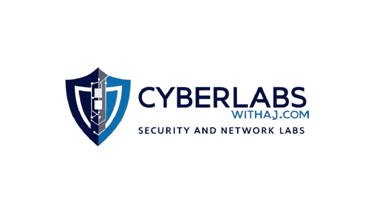📡 Cybersecurity in IoT: Securing Smart Devices at Scale
From smart homes to smart factories, IoT (Internet of Things) devices are now everywhere. But with this convenience comes a major concern — security. Most IoT devices are not built with strong protection, making them easy targets for attackers. This article explores the key risks in IoT environments and how you can secure them — whether at home, in the enterprise, or in industrial networks.
BOLGS


Why IoT Security Matters
IoT devices often lack basic security features
They are always connected and usually unattended
Breaches can lead to data theft, surveillance, or entry into larger networks
Industrial IoT attacks can disrupt critical operations
Common IoT Security Threats
Weak or Default Credentials
Most IoT devices are shipped with factory credentials like "admin/admin", and many users never change them.
Lack of Regular Updates
IoT manufacturers often ignore firmware updates, leaving devices open to known vulnerabilities.
Insecure Communication
Unencrypted protocols (e.g., HTTP, Telnet) expose sensitive data during transmission.
Botnets & DDoS Attacks
Infected devices can become part of massive botnets like Mirai, used to launch global DDoS attacks.
Unauthorized Access & Lateral Movement
Compromised IoT devices can be used to pivot inside the network and attack other systems.
Types of IoT Devices You Must Secure
Home routers, smart TVs, and CCTV cameras
Industrial sensors and control systems (SCADA, PLCs)
Wearables and health monitors
Smart lighting, HVAC, and voice assistants
Connected vehicles, drones, and manufacturing equipment
Best Practices to Secure IoT Environments
Change Default Passwords Immediately
Always use strong, unique passwords for each device.
Segment Your Network
Separate IoT devices from your main network using VLANs or firewalls.
Disable Unused Services
Turn off Telnet, FTP, and other insecure services if not required.
Use Encrypted Communication
Force HTTPS, SSH, or VPN tunnels for device access and communication.
Regularly Update Firmware
Check vendor sites or dashboards for updates — and apply them quickly.
Monitor Traffic
Use tools like PRTG, Zabbix, or Wireshark to detect unusual behavior.
Enable Device Logs and Alerts
Track failed logins, abnormal activity, and access attempts.
Implement Zero Trust Principles
Never assume internal IoT devices are safe — validate every action.
Recommended Tools for IoT Security
Wireshark – Analyze device traffic
Shodan – Discover exposed IoT devices online
Wazuh – Monitor and detect malicious behavior
IoT Inspector – Scan your home network for vulnerabilities
Nmap – Identify open ports and services
IoT Security Frameworks and Guidelines
NIST IoT Cybersecurity Framework
OWASP IoT Top 10
ETSI EN 303 645 – IoT consumer device security standard
CIS Benchmarks for routers, firewalls, and gateways
Industries Most Affected by IoT Risks
Healthcare (connected monitors, pacemakers, EMRs)
Manufacturing (Industrial Control Systems, SCADA)
Smart cities (traffic lights, energy meters)
Retail (POS devices, smart shelves)
Transport (connected vehicles, fleet management)
Final Thoughts
IoT brings powerful possibilities — but also introduces new vulnerabilities. As a cybersecurity learner or professional, you must treat every device as a potential entry point. Security by design is the future, but until then, it’s up to us to secure what’s already deployed.
Start with your home, build your IoT lab, test tools, monitor traffic — and stay ahead of threats at scale.
